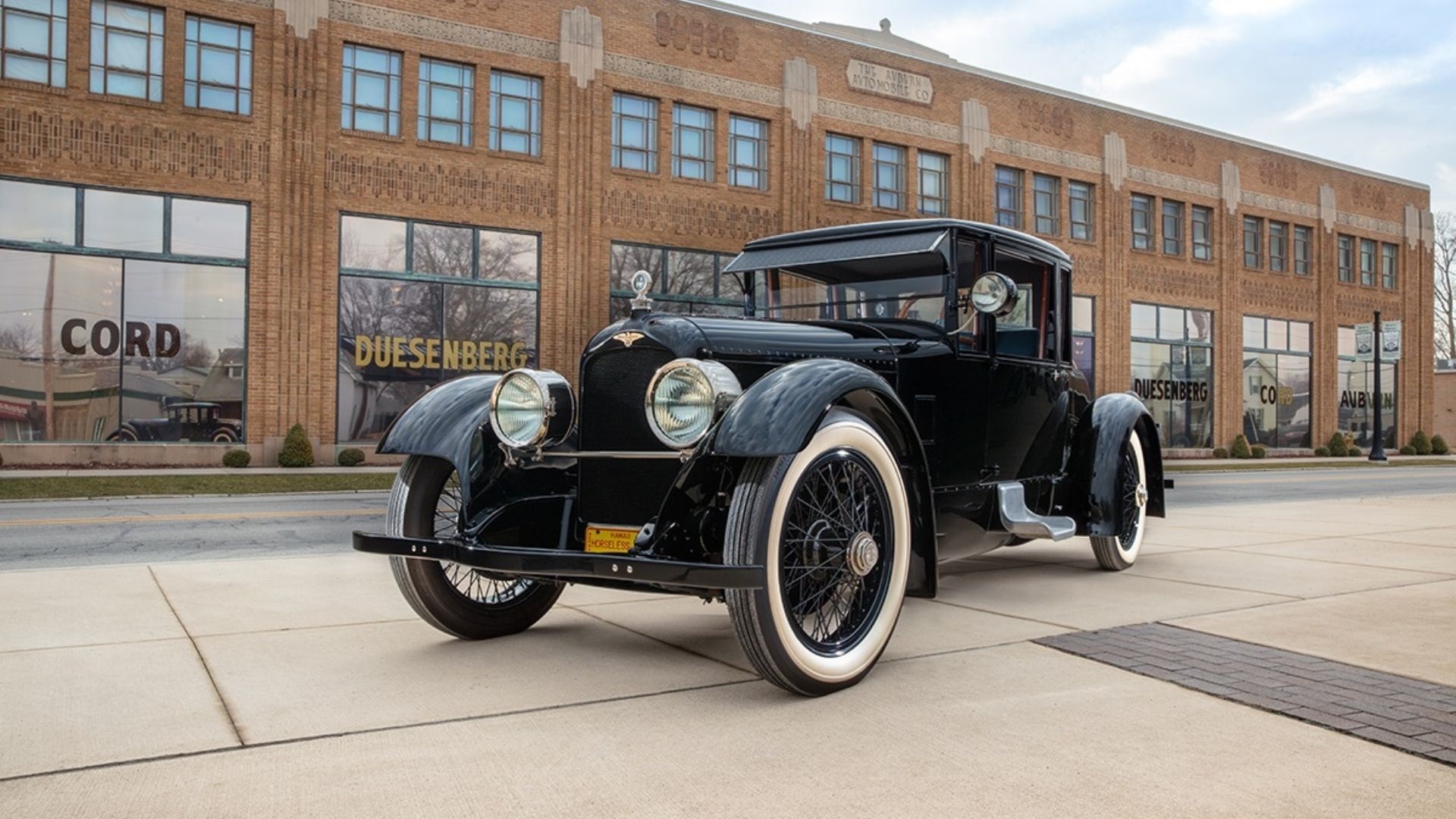

Tucked away in tiny Auburn, Indiana, the Auburn Cord Duesenberg Automobile Museum is roughly equidistant from both Detroit and Indianapolis. It’s the home of more than 120 cars, including this magnificent specimen of a restored 1921 Duesenberg Model A. After nearly a century with the same family, it was gifted to the museum just last year. All the original equipment was intact, including a case of specialized tools the driver would need to fix the Model A on the go.
Businessman Samuel Northrup Castle commissioned the car in 1919 and became the first owner of the first passenger car Duesenberg built. He took delivery in 1921 in Hawaii, where he was the founder of sugar cooperative Castle & Cooke Co, and drove it for decades before he passed away in 1959. In the meantime, he kept his Duesenberg, a shiny tan 1929 fish-tail Packard roadster, and more classic cars in good shape. He loved his Duesie so much, in fact, that he shipped it all the way back to Indiana in the late 20s, and the Duesenberg company updated it with a Model J steering wheel, luggage rack, and lights.

Duesenberg built the chassis and engine at their Indiana plant, and coachbuilder Bender Body Company of Cleveland, Ohio, was tapped to customize the Model A. It was typical of luxury car companies to engage coachbuilders during that era, and this one was commissioned with extra length and headroom for the seven-foot-tall Castle.
Brothers Frederick and August Duesenberg were known for building race cars, aircraft engines, and boat engines. When they first announced the Model A in 1920, they had planned on installing a conventional flathead engine. Late in the game, they threw a wrench in their production process and decided to scrap the flathead for the single overhead cam inline eight-cylinder they had been using in their race cars, which was a much more powerful option.
Frederick said the Model A was designed to “outclass, outrun, and outlast any car on the road;” the 260 cubic-inch straight 8 generated 88 horsepower with its hemispherical combustion chamber. It was the first time a production car had a powerplant of this size. Another innovation for Duesenberg’s Model A was the addition of hydraulic brakes at each corner, years before any of the major manufacturers were doing so.

After Castle’s death, the 1921 Duesenberg was bequeathed to his nephew in California and was kept in storage for about 30 years. It was only seen once during that time period when it made an appearance at the 1968 Napa Valley Concours. In 1994, Castle’s great-nephew James C. Castle, Jr., received the Model A, and in 2010 he commissioned a restoration that ultimately took 10,000 hours. Reborn, the elegant Duesie emerged again at the 2013 Pebble Beach Concours d’Elegance.
As the car approached its 100th birthday, the family decided to find a permanent home for it and chose the Auburn Cord Duesenberg Automobile Museum. This museum is housed in the original headquarters building for the Auburn Automobile Company, which acquired Duesenberg in 1926 by E.L. Cord. It retained its original Art Deco chandeliers and terrazzo floor and showcases its collections of the 20s and 30s. Now listed on the National Register of Historic Places, it retains the same magic as it did when I was a little girl and visited with my parents.
Sam Grate, curator of the museum, told me, “Being the very first Duesenberg passenger car sold, the ‘Castle Duesenberg’ is perhaps the most significant automobile in the collection. It was the first mass-produced automobile to have a straight-eight engine and four-wheel hydraulic brakes. Not only was it the first car built solely under the Duesenberg name, but it also stayed in the same family for 99 years prior to donation to the museum, something unheard of!”
If you’re a classic car enthusiast and you’ll be anywhere near this museum, make sure this is a stop on your itinerary. For more information: automobilemuseum.org
This post is part of The Drive’s museum series. Got a tip? Send the writer a note: Kristin.Shaw@thedrive.com



